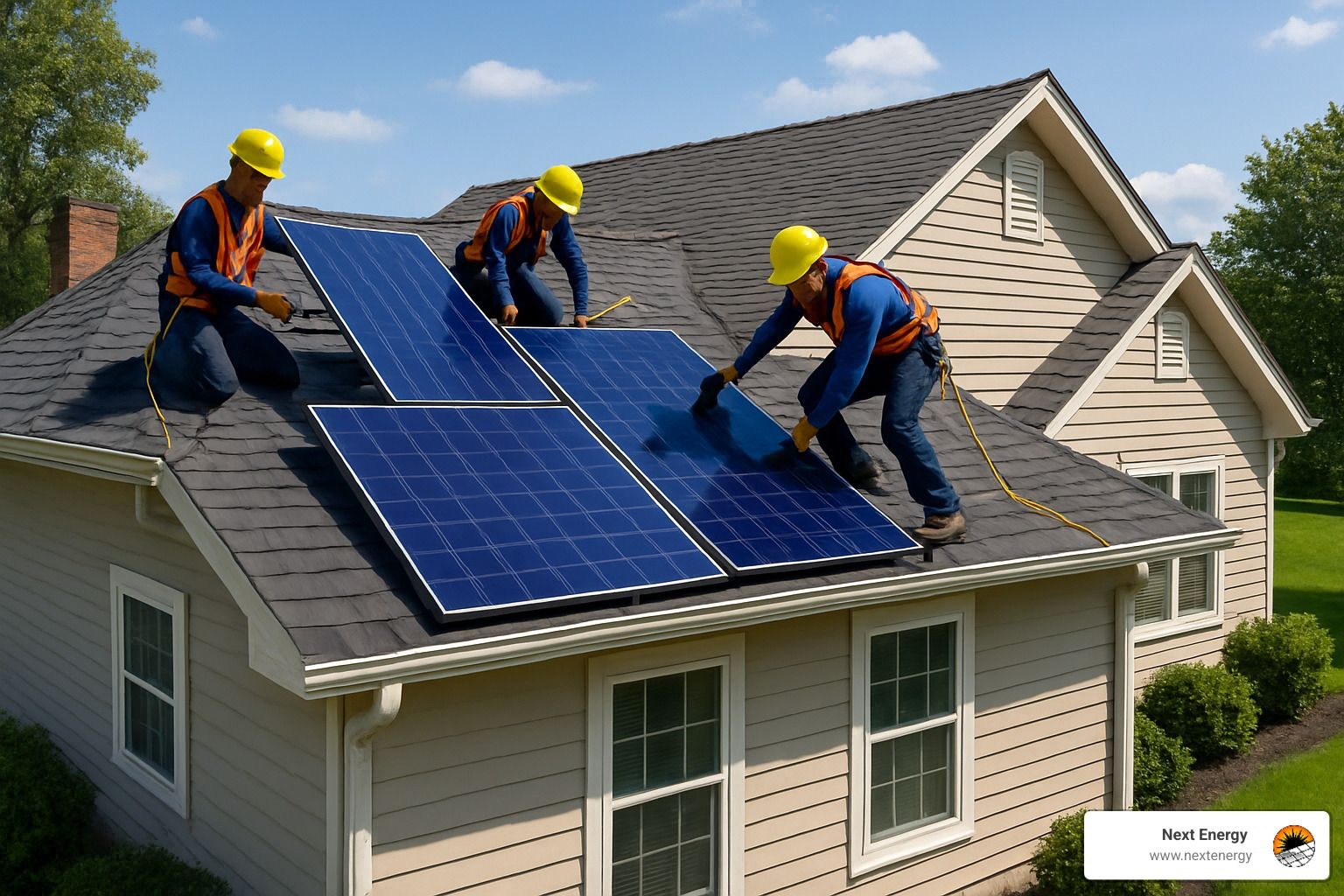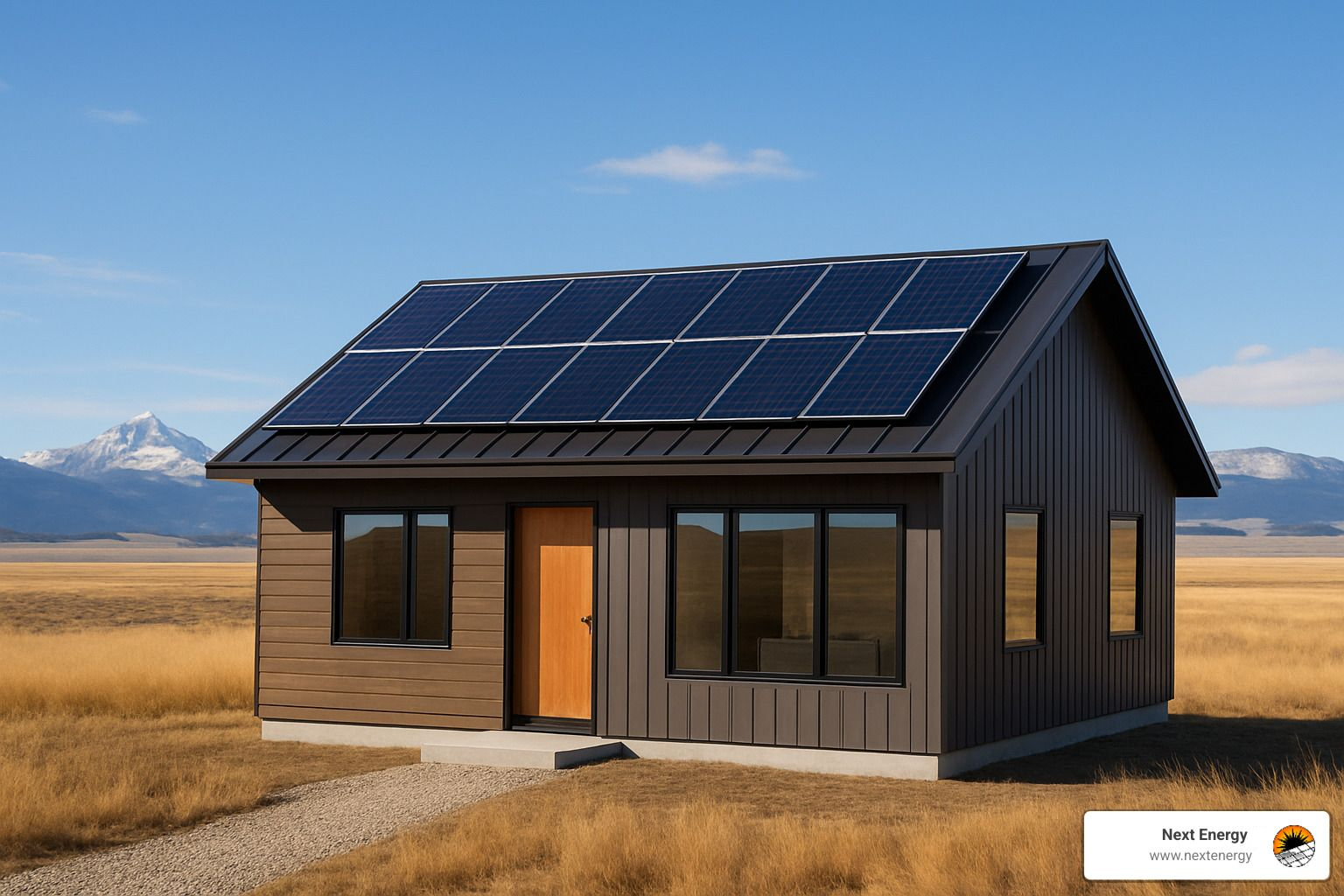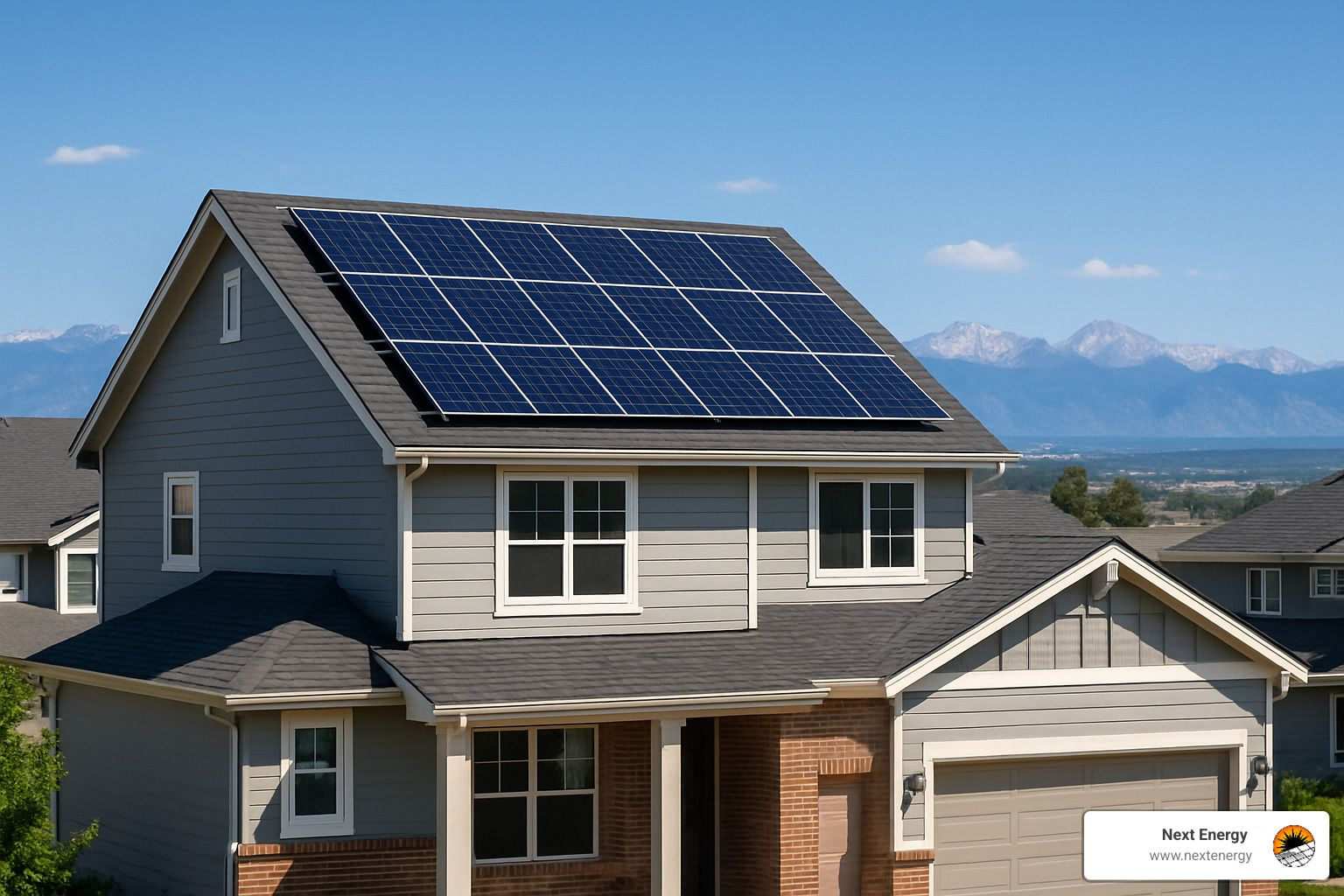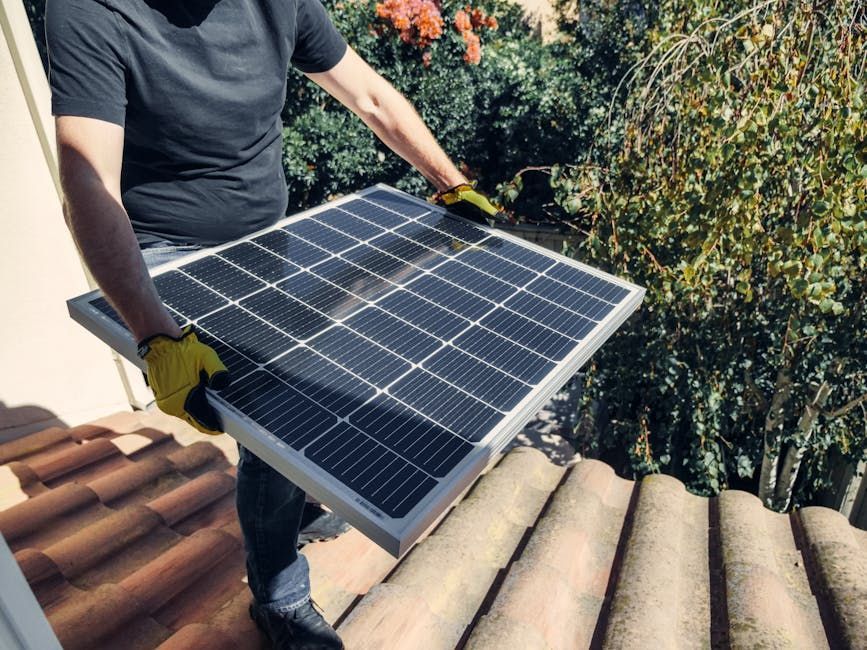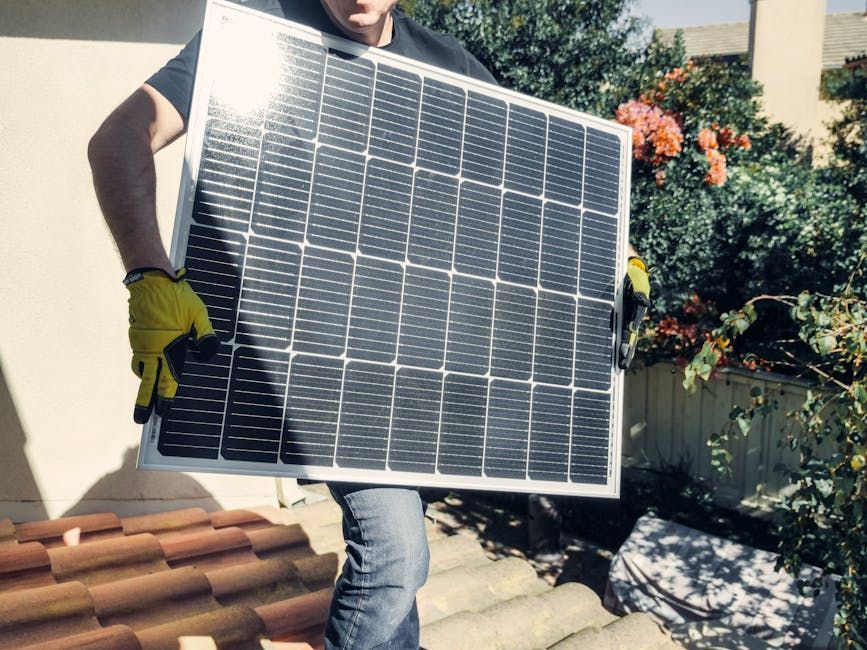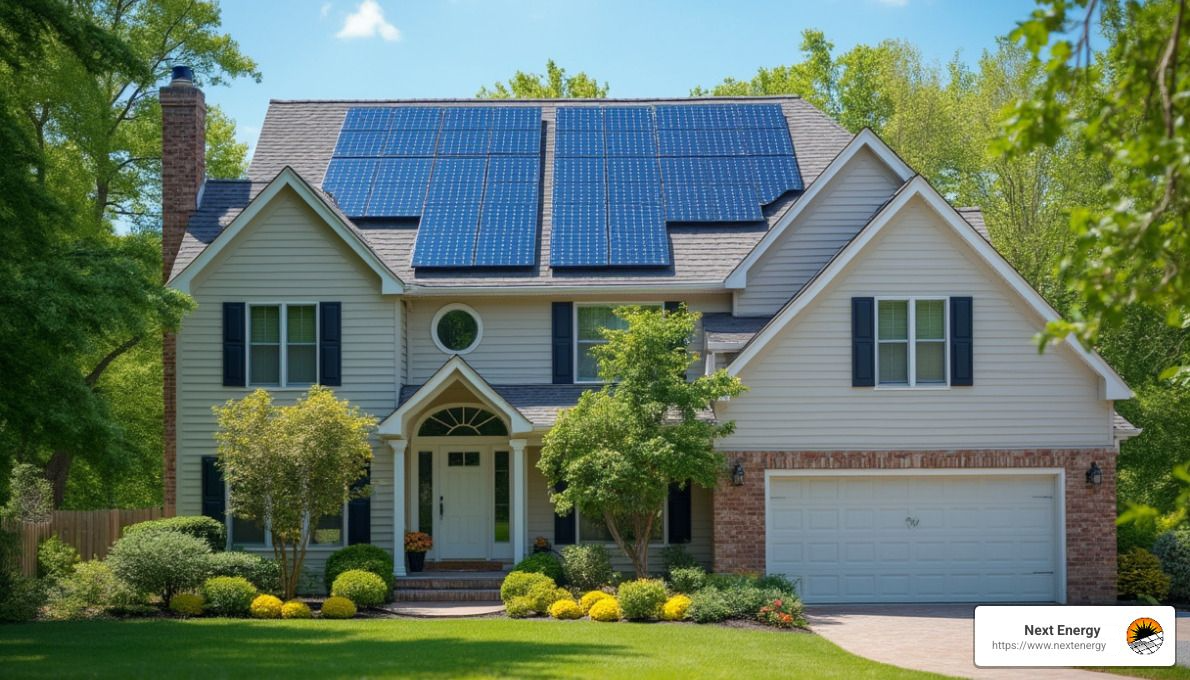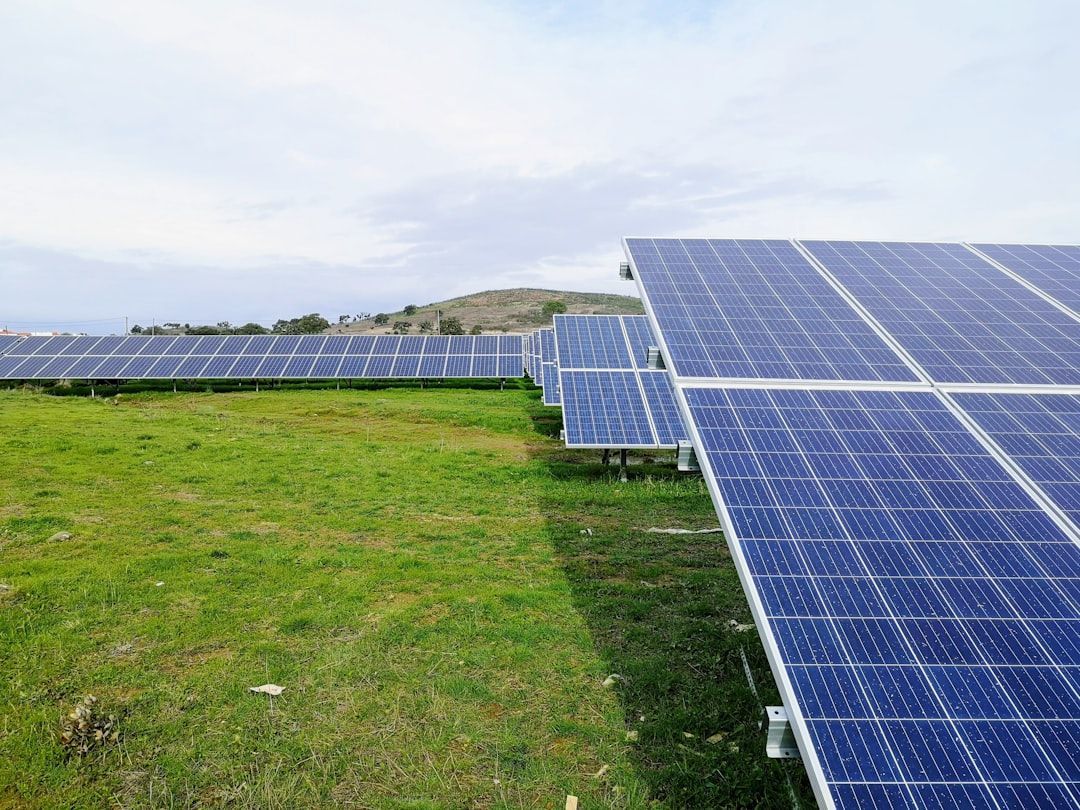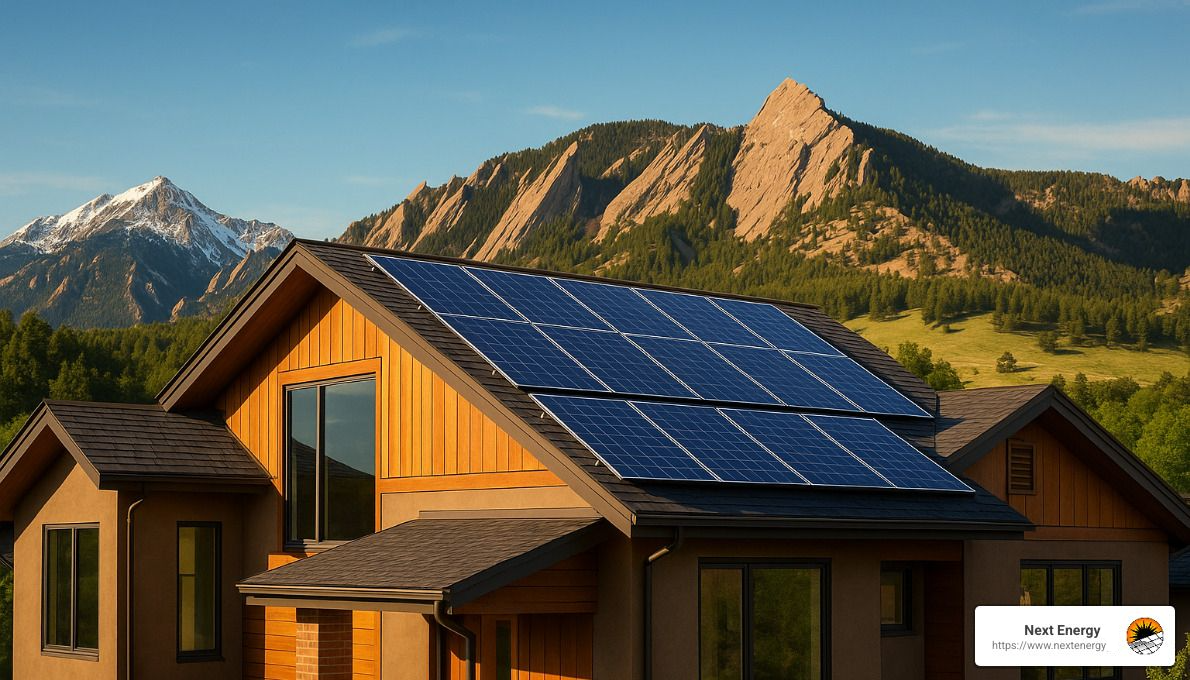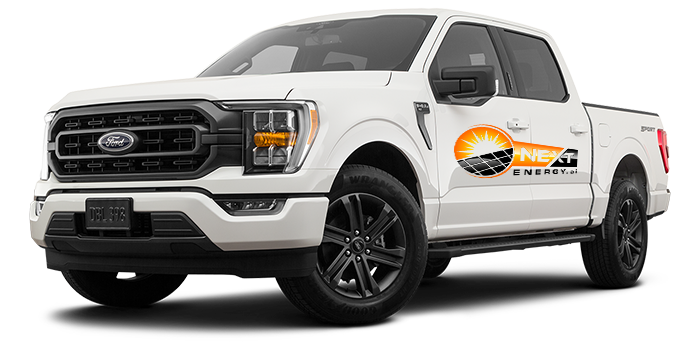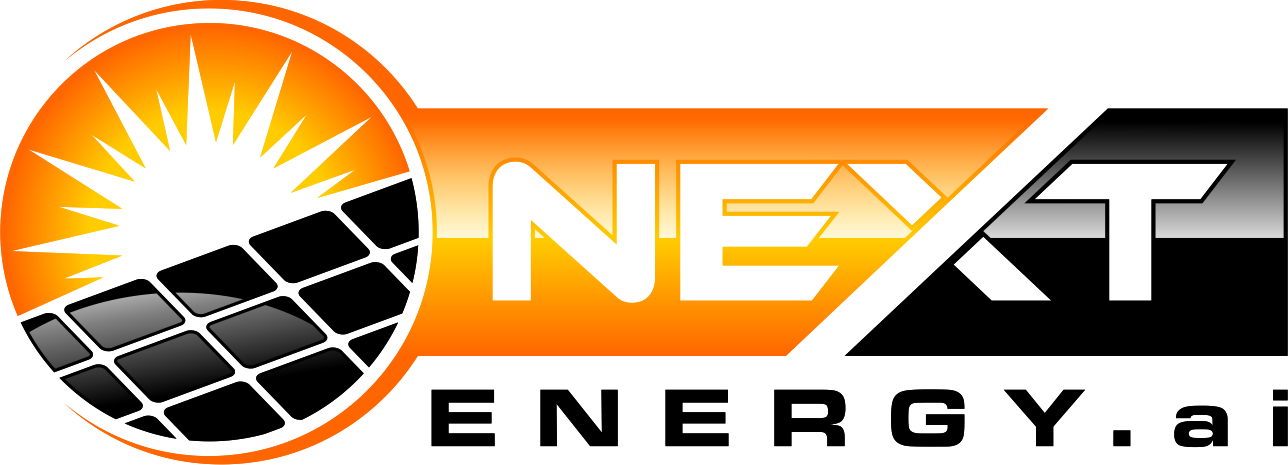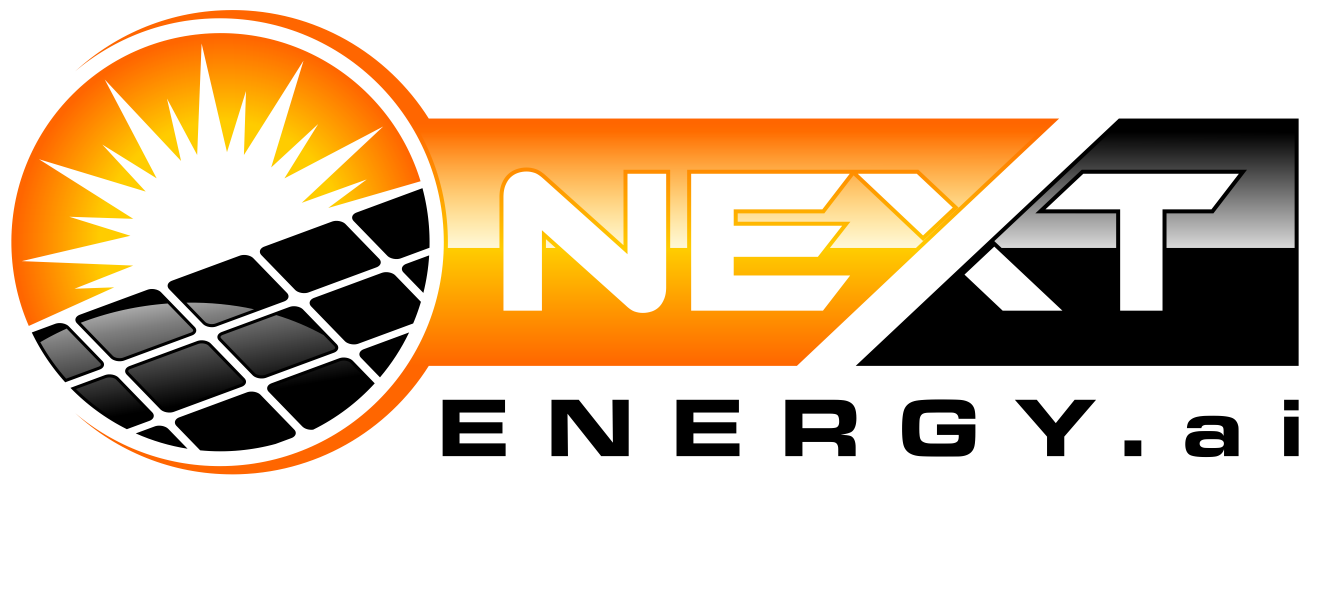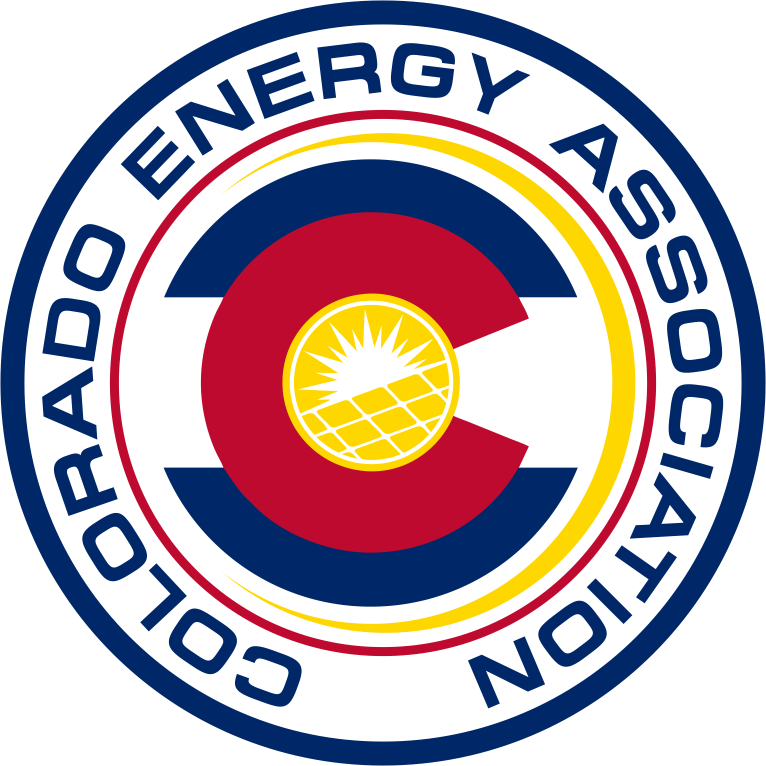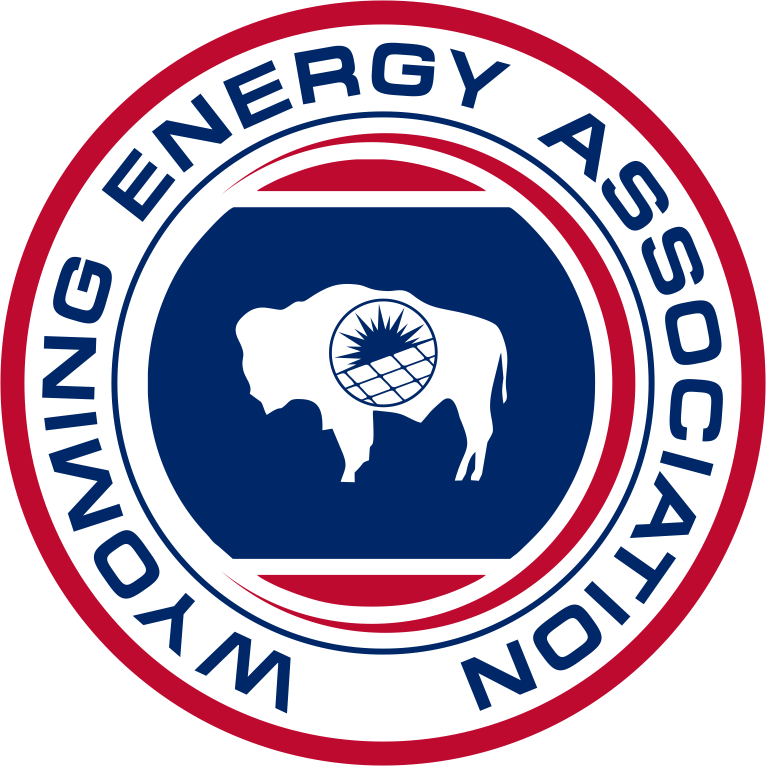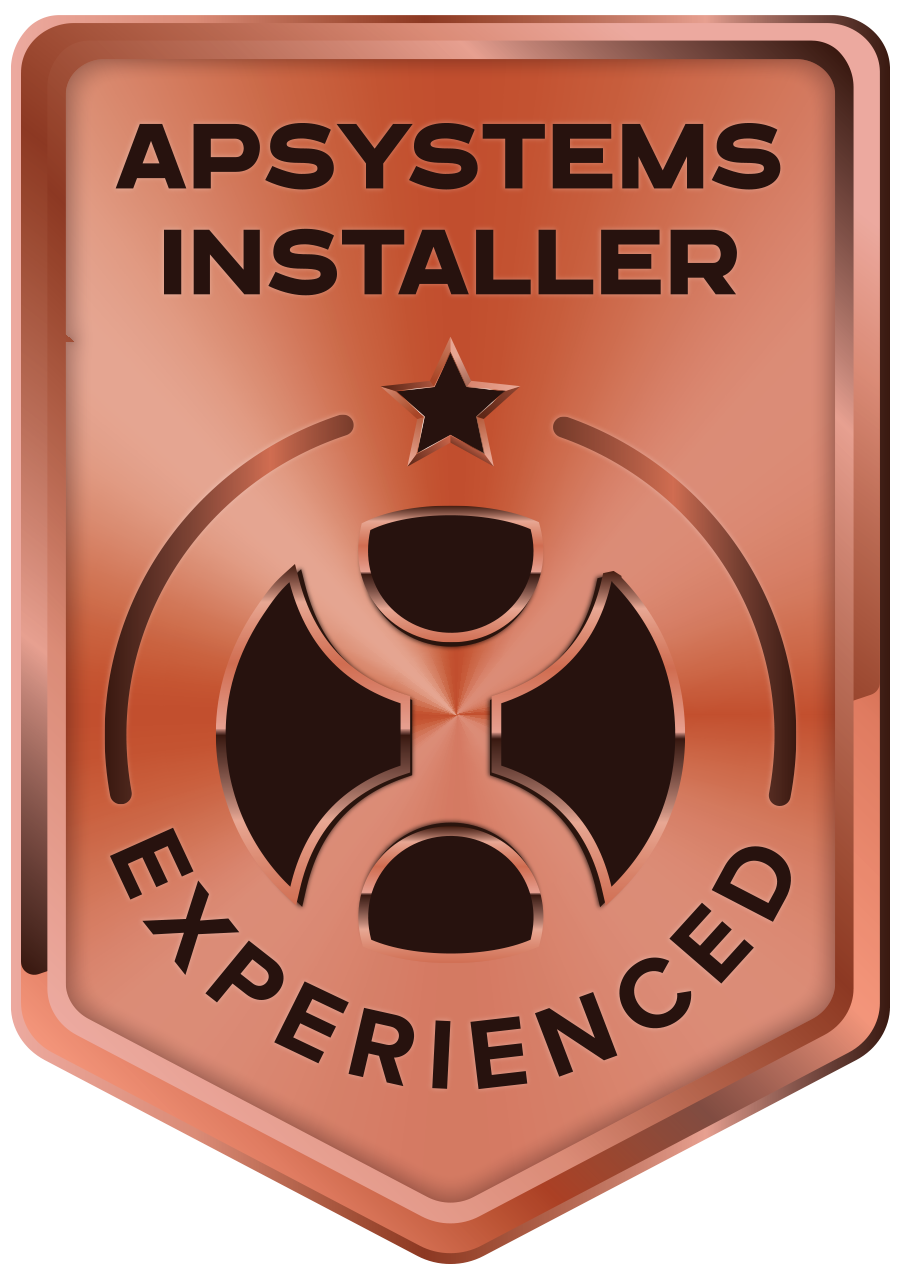Keeping Solar Affordable—Annual Maintenance Costs Uncovered
The True Cost of Solar Maintenance: Breaking Down the Numbers
Solar panel maintenance cost per year ranges from $150 to $500 for most homeowners, with an average of approximately $31 per kilowatt of installed capacity. This means a typical 6kW residential system costs less than $200 annually to maintain.
System Size: 3kW system
Annual Maintenance Cost: $90-$150
System Size: 6kW system
Annual Maintenance Cost: $150-$250
System Size: 10kW system
Annual Maintenance Cost: $250-$500
The maintenance costs typically include:
- Cleaning: $150-$330 per cleaning session (2-4 times yearly)
- Annual inspection: $150-$300
- Minor repairs: Usually covered under warranty
- Total per kWh cost: Approximately $0.02-$0.05 over system lifetime
Many homeowners report spending $0 on maintenance for several years, especially with newer systems protected by comprehensive warranties.
Solar panels are remarkably durable and low-maintenance investments. Unlike traditional power systems with moving parts, solar arrays have no mechanical components that wear out quickly. This simplicity translates to minimal upkeep costs while delivering decades of clean energy production.
I'm Spencer Gordon, CEO of NextEnergy in Fort Collins, Colorado, with extensive experience helping homeowners manage solar panel maintenance cost per year through my NAPCEP certification in photovoltaics and renewable energy. Our company focuses on providing sustainable energy solutions with exceptional value to Northern Colorado homeowners.
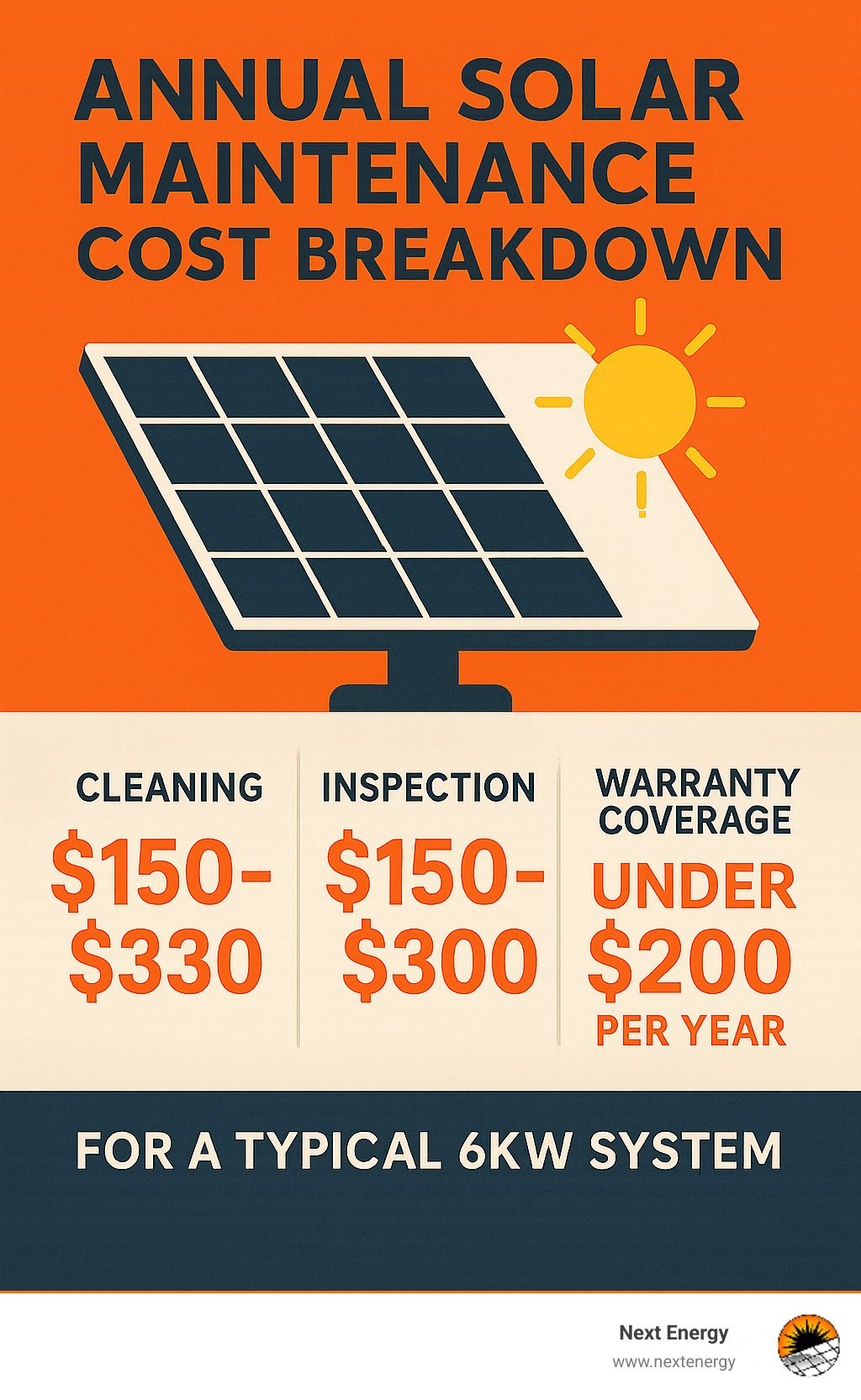
Solar Panel Maintenance Cost per Year—What to Expect
Good news for homeowners considering solar: these panels are among the most hands-off home improvements you can make. Based on research from the National Renewable Energy Laboratory, you'll likely spend about $31 per kilowatt of installed capacity each year on maintenance.
What does this mean for your wallet? For most homes, annual costs typically fall between $150-$500, breaking down to:
- Professional cleaning: $150-$330 per session
- Annual inspection: $150-$300
- Inverter replacement fund: Setting aside about $100 annually is smart planning
"I'm constantly surprised by how many of our Northern Colorado customers go years without spending a dime on maintenance," says Mike, our lead technician. Many homeowners report multiple "zero-expense" years, especially when comprehensive warranties are in place.
Your actual costs will vary based on your roof's pitch, local environmental conditions, and how accessible your panels are. For instance, ground-mounted systems are typically cheaper to maintain than those installed on steep rooftops.
While your panels might last 25-30 years, inverters usually need replacement after 10-15 years. Building this future expense into your maintenance budget ensures no surprises down the road.
Typical Cost Bands for Different System Sizes
Your system size directly impacts what you'll pay for maintenance. Here's what our customers across Northern Colorado and Wyoming typically budget:
Small Systems (3kW) usually run under $200 annually, with cleaning costing $90-$150 and inspections around $100-$200.
Medium Systems (6kW) – the most common residential size – typically cost $300-$500 yearly, with cleaning running $150-$250 and similar inspection costs.
Large Systems (10kW+) may exceed $500 annually, with cleaning costs of $250-$400 and inspections ranging from $200-$300.
One of our Fort Collins customers, Mark, told us: "My 6kW system costs about $175 yearly to maintain – that's less than 5% of my electricity savings." Many homeowners find that maintenance costs are even lower than these benchmarks, especially with our AI-improved monitoring that catches small issues before they become expensive problems.
When "Zero-Dollar" Years Happen
Many solar owners enjoy what we call "zero-dollar years" – periods with absolutely no maintenance expenses. This commonly happens when:
Systems are newly installed. The first few years often require minimal attention, with panels operating at peak efficiency right out of the gate.
Comprehensive warranties kick in. Quality panels typically come with 25-year product warranties, while inverters are usually covered for 10-15 years.
Labor coverage is included. At Next Energy, we include labor in our warranty packages, eliminating unexpected service charges.
Smart monitoring catches issues early. Our AI-improved monitoring identifies potential problems before they require costly repairs.
Nature does the cleaning for you. In areas with regular rainfall, Mother Nature often handles basic cleaning requirements.
A customer in Loveland recently shared, "My system's been running four years now without spending a penny on maintenance. The rain keeps everything clean, and my monitoring app shows 97% efficiency."
While these zero-maintenance periods are common, budgeting for occasional upkeep ensures your system will continue generating maximum savings for decades to come. The small investment in maintenance protects the much larger investment in your energy independence.
What Influences Your Yearly Solar Upkeep?
When homeowners ask me about their solar panel maintenance cost per year, I always explain that it's a bit like owning a car—some factors are in your control, while others depend on where and how you "drive." Let's explore what actually determines how much you'll spend keeping your solar system in top shape.
Environmental & Location Factors
Your local climate plays a huge role in how often your panels need attention. Here in Northern Colorado and Wyoming, we see some unique challenges:
Desert and dusty areas like eastern Colorado can be tough on solar panels. With less rainfall to naturally wash away buildup, panels in these regions often need cleaning 3-4 times yearly. One of our Greeley customers jokes that he can tell when it's cleaning time just by looking at his production app—"When the line starts dipping, it's usually dust, not clouds!"
Coastal salt air isn't a major concern for our inland customers, but if you're in a more coastal region, salt can create a stubborn film that gradually reduces efficiency.
Wildfire season has unfortunately become a reality for many of our customers. After the Cameron Peak fire in 2020, we saw a surge in cleaning requests as ash deposits significantly impacted panel performance. Many homeowners were surprised to find their production drop by 15-20% until the panels were properly cleaned.
Snow accumulation is a fact of life in Wyoming and mountain communities. While many panels will naturally shed snow as they warm up, heavy accumulations sometimes need a helping hand. As John from Laramie told me, "I keep a soft-bristled snow brush with an extension pole handy—it's a small effort for keeping my winter production up."
Equipment & Design Choices
The components you select on day one have lasting effects on your maintenance budget:
Inverter type is perhaps the biggest maintenance factor. Traditional string inverters are more affordable upfront but typically need replacement after 10-12 years at a cost of $1,500-$3,000. Microinverters cost more initially but last 15-25 years and can be replaced individually if one fails ($100-$300 each). Many of our customers appreciate that microinverters eliminate a single point of failure.
Panel mounting systems matter too. Fixed-tilt systems (the standard for most homes) have virtually no moving parts to maintain. Tracking systems boost efficiency but introduce moving components that need periodic attention.
Additional components like battery storage add another layer of maintenance consideration. And don't overlook critter guards—a $100-$300 investment that prevents squirrels and birds from turning your solar array into a cozy home, potentially saving you hundreds in damage prevention.
Calculating Maintenance Cost per kWh & Overall Savings
Want to know if your solar panel maintenance cost per year is actually worth it? Let's break it down in a way that makes sense for your wallet.
The smartest way to understand what you're really paying is to look at maintenance costs per kilowatt-hour. This simple calculation puts everything in perspective:
Maintenance Cost per kWh = Annual Maintenance Cost ÷ Annual kWh Production
It's like figuring out the cost per mile when you own a car. If you spend $200 yearly maintaining a system that produces 10,000 kWh, you're only paying 2 cents per kWh for upkeep.
Now here's where it gets interesting. Compare that to Colorado's average utility rate of 15¢ per kWh, and you'll see maintenance adds just a tiny fraction to your solar energy cost—while you're still saving 85-90% compared to traditional electricity.
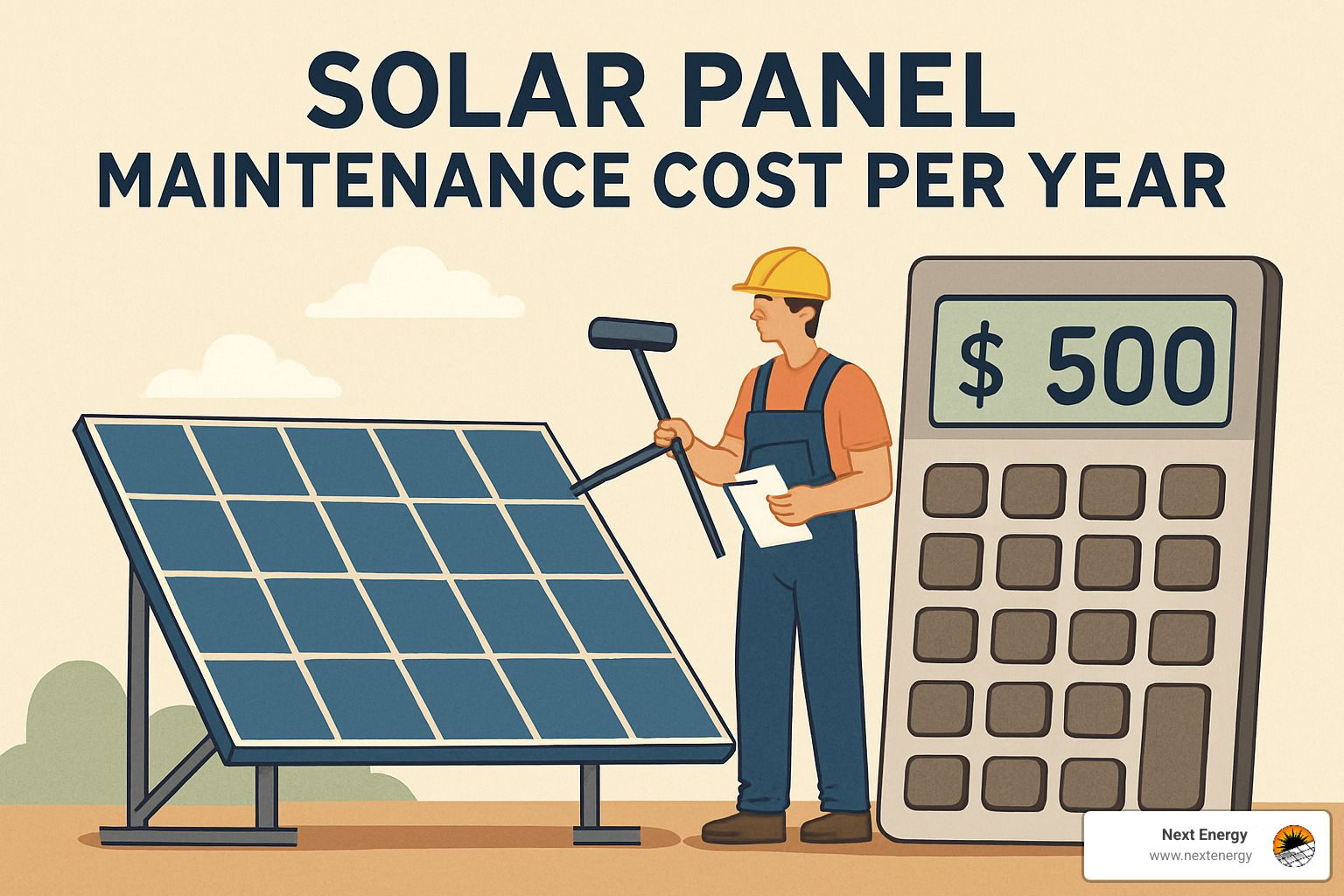
The good news? Tracking this is easier than ever. Most modern solar systems connect to smartphone apps that show your production in real-time. You can literally check your solar output while waiting in line for coffee, making it simple to calculate your actual cost per kWh.
For the data enthusiasts out there, the NREL O&M study offers fascinating insights into long-term maintenance costs backed by scientific research.
Example: 6 kW Colorado Rooftop
Let's look at what this means for a typical Fort Collins home with a 6 kW system:
- Annual production: About 9,000 kWh of clean energy
- Annual maintenance cost: $200 (including cleaning and inspection)
- Maintenance cost per kWh: Just $0.022
- Local utility rate: 15¢ per kWh
- Net savings per kWh: 12.8¢ (that's 85% savings)
- Annual savings after maintenance: $1,152
"I was worried about maintenance costs eating into my savings," shares Sarah Johnson, one of our Westminster customers. "But when I did the math, I'm paying just 2 cents per kWh for maintenance while avoiding the utility's 16 cent rate. That's still 87% savings after everything!"
Over your system's 25-year lifespan, maintenance typically adds just $0.02-$0.05 per kWh to your energy costs—still dramatically lower than utility rates, which keep climbing year after year.
Aging Panels & Degradation Curve
Like a car that gradually loses that new-car pep, solar panels experience slight degradation over time. Quality panels typically decline about 0.5% annually in output, which means they'll still produce more than 90% of their original power after two decades.
This gradual aging means three things for your maintenance calculations:
- Your system will generate slightly less electricity each year
- Your maintenance cost per kWh will creep up slightly over time (assuming stable maintenance costs)
- As panels age, you might need to budget for occasional efficiency boosts through cleaning or minor repairs
"Around year 10, we suggest customers plan for a modest 1-2% annual increase in their maintenance budget," our technical director often advises. "This covers both the natural aging process and the increased likelihood of needing small repairs as systems mature."
Here's the silver lining: utility rates historically increase 2-4% every year, which means your solar investment actually becomes more valuable over time, even as panels gradually produce less. Talk about aging gracefully!
Smart Maintenance Strategies to Minimize Annual Costs
Let's talk about how to keep your solar panel maintenance cost per year as low as possible while making sure your system keeps running smoothly. With a few smart strategies, you can protect your investment without breaking the bank.
DIY vs Pro: Safety, Savings, Warranty
Many of our customers ask whether they should grab the garden hose or call in the pros. Here's my honest take on this common question:
When DIY makes good sense: If you have ground-mounted panels or can easily reach your roof from the ground, basic maintenance is absolutely something you can handle yourself. Many of our customers, like Tom Richards in Erie, have a simple routine that works great.
"I clean my ground-mounted system myself twice a year with just a garden hose and soft brush," Tom told me recently. "It takes about an hour each time and saves me several hundred dollars annually."
When professionals are worth every penny: If your panels are on a steep roof, you need electrical inspections, or you simply don't want to climb ladders anymore, professional service is the way to go. Many warranties also require professional servicing to remain valid.
Safety first, always. I've seen too many homeowners take unnecessary risks on slippery roofs. No amount of savings justifies a trip to the emergency room.
Important Warning: Never wash hot solar panels! The sudden temperature change can crack the glass. Early mornings or cloudy days are perfect for cleaning to avoid thermal shock.
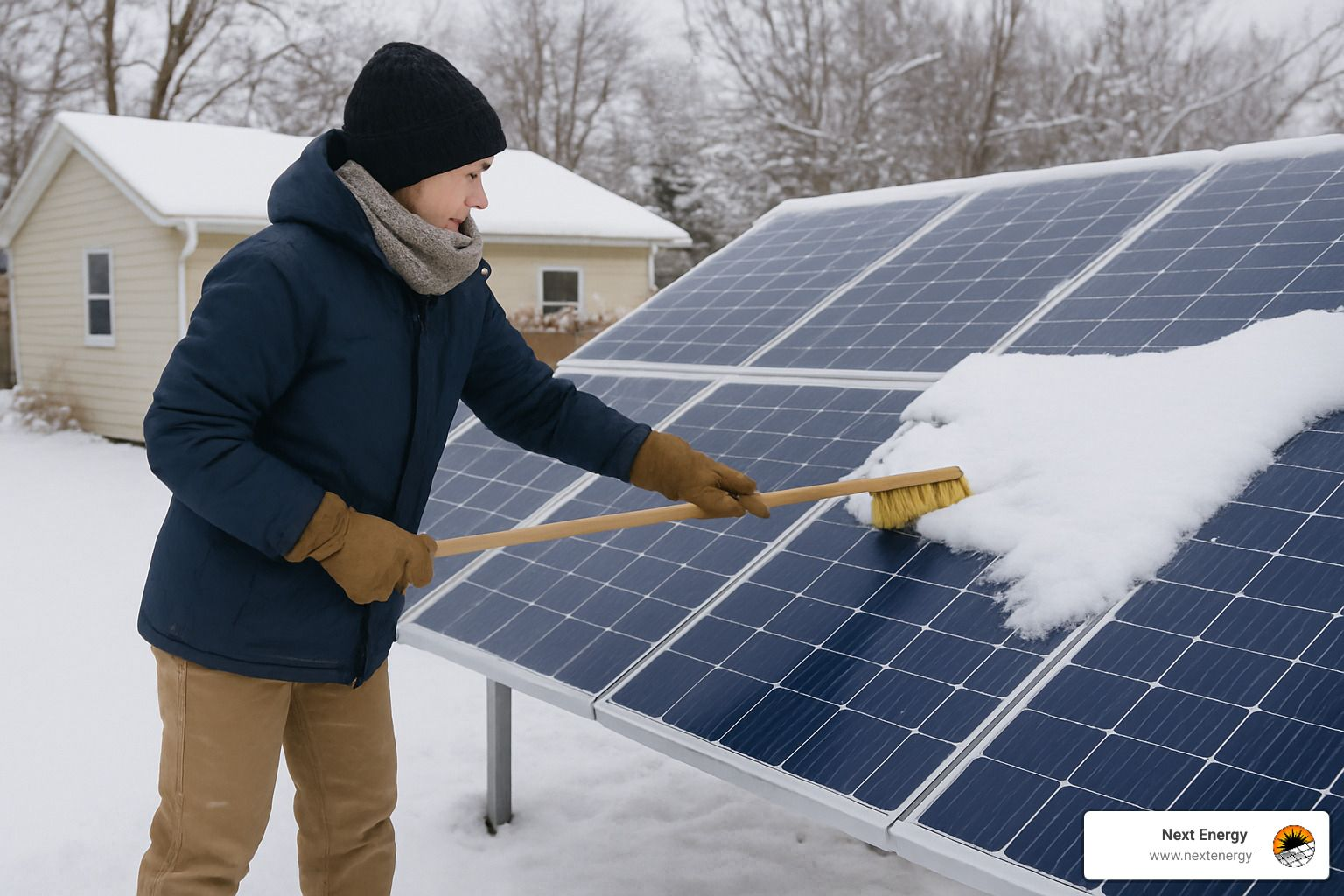
Leveraging Warranties & Service Plans
Your solar system's warranties are valuable tools for keeping solar panel maintenance cost per year under control. Understanding how they work can save you thousands over your system's lifetime.
Solar warranties typically come in four flavors:
Product warranty covers defects in materials and workmanship, usually for 10-25 years. This is your protection against manufacturing flaws.
Performance warranty guarantees your panels will produce at least a specified percentage of their rated output (typically 80-85%) for 25 years.
Workmanship warranty covers installation quality for 5-10 years, protecting against issues caused during the setup process.
Inverter warranty specifically covers your inverter for 10-15 years, which is important since inverters often need replacement before panels do.
"The fine print really matters with warranties," our warranty specialist often reminds customers. "Pay special attention to whether labor is included. A 25-year product warranty sounds great, but if it doesn't cover labor, you could still face significant costs if something needs replacing."
At Next Energy we include labor in our warranty coverage because we believe in providing real peace of mind, not just paper promises.
Most warranties require you to keep up with regular maintenance. This typically includes cleaning according to manufacturer guidelines, professional inspections at specified intervals, and keeping records of all maintenance. Skipping these steps could potentially void your warranty, so it's worth staying on top of them.
Seasonal Checklist for Colorado & Wyoming Homes
Living in the Mountain West means our solar panels face unique seasonal challenges. Here's how to keep your system in top shape year-round:
Spring (March-May) is pollen season in Colorado and Wyoming. A gentle rinse can remove the yellow film that builds up and blocks sunlight. It's also the perfect time to check for any damage that might have happened during winter storms and trim back tree branches that have grown and might cast new shadows on your panels.
Summer (June-August) is peak production time! Keep an eye on your monitoring app to make sure you're getting the most from those long, sunny days. Check underneath your panels for critters seeking shade – we've found everything from birds to squirrels making homes there. During dry spells, a quick rinse keeps dust from building up and blocking precious sunlight.
Fall (September-November) brings falling leaves that can collect around panel edges. Clear these away, especially from gutters where they can cause water backup. This is also a great time for a thorough cleaning before winter's shorter days make every bit of sunlight more valuable.
Winter (December-February) is snow season. While panels often clear themselves (their dark surface and slight tilt help snow slide off), heavy accumulation might need gentle removal with a soft brush. Never use metal tools that could scratch the panels! Your monitoring app becomes especially valuable now to verify your system keeps working through cold spells.
For more detailed guidance on keeping your panels clean through our distinct mountain seasons, check out our resource on cleaning and maintenance of solar panels.
Frequently Asked Questions about solar panel maintenance cost per year
How often should I budget for professional cleaning?
Most homes in our service area benefit from professional cleaning 1-2 times per year, but your specific situation might vary:
If you live in downtown Denver or other urban areas with higher pollution, you might need 2-3 cleanings yearly. Rural homes with minimal pollution often need just 1-2 cleanings. Homes near construction sites might require 3-4 cleanings due to increased dust.
"In Fort Collins, most of our customers find that one professional cleaning in spring and perhaps another in fall is sufficient," our service coordinator often tells new customers. "Natural rainfall handles much of the cleaning throughout the year."
A good rule of thumb: if you notice your system's output drop by 5% or more, it's probably time for a cleaning.
Will inverter replacement double my annual cost?
Inverter replacement is indeed a significant expense, but with smart planning, it doesn't have to be painful.
String inverters typically last 10-15 years and cost $1,500-$3,000 to replace, while microinverters generally last 15-25 years and cost $100-$300 per unit to replace.
We recommend creating an "inverter replacement fund" by setting aside about $100-$150 annually. This spreads the cost over time, preventing sticker shock when replacement becomes necessary.
The silver lining? Inverter technology improves dramatically over a decade. When replacement time comes, you'll likely get a more efficient, feature-rich unit than your original – sometimes with expanded capabilities like better monitoring or smart home integration.
Are maintenance costs different if I lease my panels?
Yes, they're quite different! With leased systems, the leasing company typically handles all maintenance and repairs. Your monthly lease payments generally cover these costs, though some contracts might charge extra for cleaning. The downside? You'll have less control over when and how maintenance happens.
With owned systems, you're in charge. You decide whether to DIY or hire professionals, and you control the maintenance schedule. Many of our customers appreciate this freedom, especially since maintenance expenses may be tax-deductible (though you should always consult your tax advisor about this).
"If you're considering leasing, read the maintenance terms carefully," our financial consultant advises. "Some leases include everything, while others have surprising exclusions that could cost you later."
For most homeowners in Northern Colorado, owning their solar system provides the best long-term value, even when accounting for maintenance costs.
Conclusion
When tallying up your solar panel maintenance cost per year, the numbers reveal an encouraging truth: annual upkeep remains just a small slice of the substantial savings that solar delivers. At roughly $31 per kilowatt or $150-$500 annually for typical home systems, these maintenance expenses generally account for only 5-10% of what you're saving on electricity.
Throughout this guide, we've explored how various factors shape these costs—from the dust and pollen in your environment to the equipment choices you've made to how you approach service and cleaning. By putting into practice the smart maintenance strategies we've outlined, homeowners across Northern Colorado and Southern Wyoming can keep these already modest expenses to a minimum while ensuring their systems perform at their best for decades.
The solar industry has been transformed by AI-improved monitoring tools that now catch potential issues before they develop into expensive problems. At Next Energy we take pride in pioneering this technology, offering our customers intelligent systems that maximize performance while keeping maintenance headaches—and costs—to a minimum.
"What makes solar such a compelling investment isn't just its environmental benefits," our founder often says. "It's that with proper care and modern monitoring, it remains the most affordable way to power your home year after year, decade after decade."
For families throughout Fort Collins, Loveland, Greeley, Cheyenne and surrounding communities, solar continues to be not just the environmentally responsible choice, but a financially savvy one too—even when you factor in all those years of maintenance costs.
The bottom line? The small investment in keeping your solar system running smoothly pays enormous dividends in the long run, both for your wallet and for the planet.
Ready to learn more about how we can help minimize your solar maintenance costs through AI-improved monitoring and professional service? Visit our page on solar energy system maintenance to find how Next Energy can keep your system performing at its peak for years to come.
